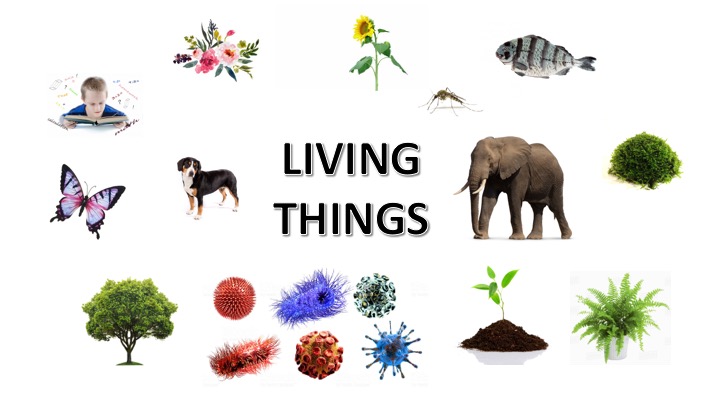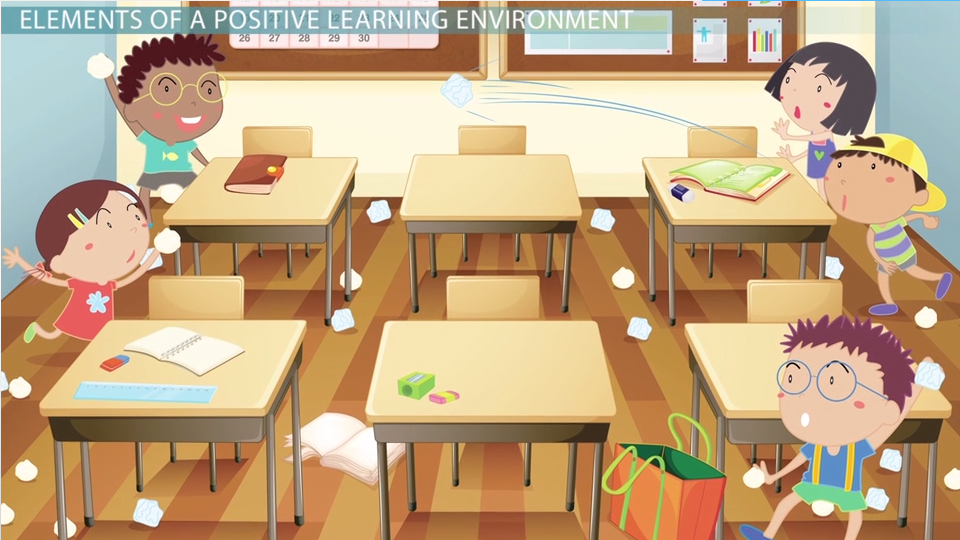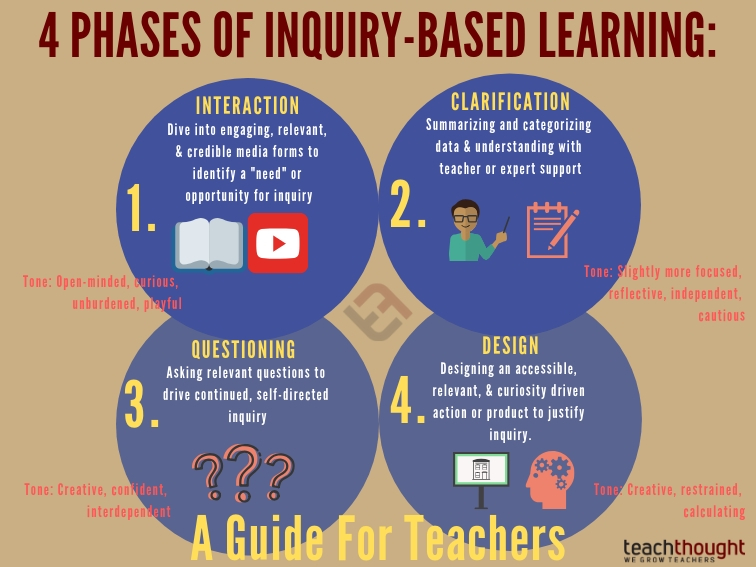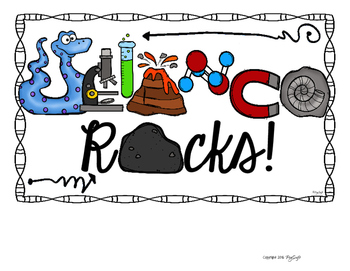
Hello, and welcome back to my blog!
Due to the end of the semester, this is my final blog entry! I'd like to express my gratitude for reading and following along with me for the past 4 months! It was a lot of fun, and I want to continue blogging in the future! I learned a lot about science, how to teach science, how to be creative, and how to improve as educators.
Our fieldwork taught us about science inquiry, planning, life science, physical science, earth/space science, science and technology, and energy throughout the semester. I now realize how critical it is for me to include science in my future classroom. Through talks and activities, I want my students to explore, explain, elaborate, assess, and interact. It is critical to allow pupils to think about and solve problems on their own before providing answers. I'm going to let pupils explore all of the many science topics on their own.
I now understand the importance of putting effort into each and every presentation. "The amount of work you put in will demonstrate how much you gain out of it," Dr. Smirnova said, and that is exactly what I tried to accomplish this semester throughout this course. I put forth a lot of effort on all my assignments for the course. I became more creative and willing to experiment with new tools like Canva and Nearpod.
I had a great time in this class, especially with all of my classmates. I gained a lot of insight from each person, as well as from fieldwork lessons and final book trailers. Everyone was quite inventive, demonstrating how much we all care about succeeding. I'm glad I took this Science and Tech course. I learned to love technology tools so much and I will carry it on with me for the rest of my life.
Thank you Dr. Smirnova for everything! :)
This is me signing off thank you all for reading (:

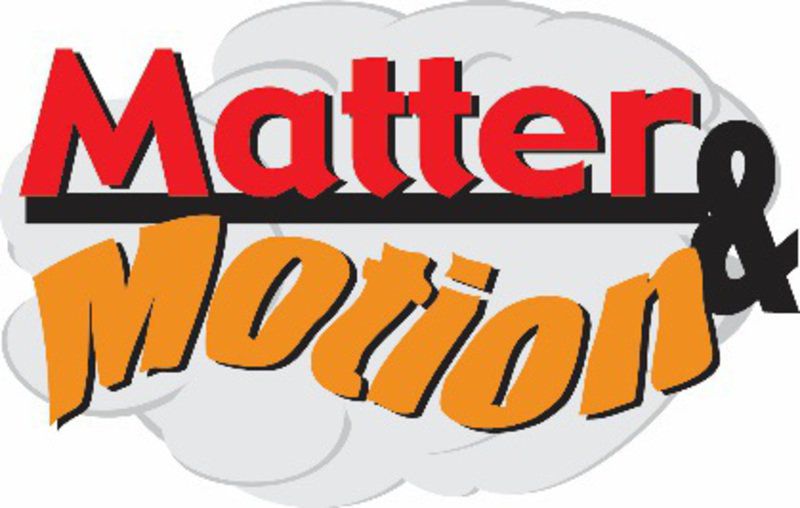
/GettyImages-964033964-ca3290057ccc4024b57e755423572264.jpg)
